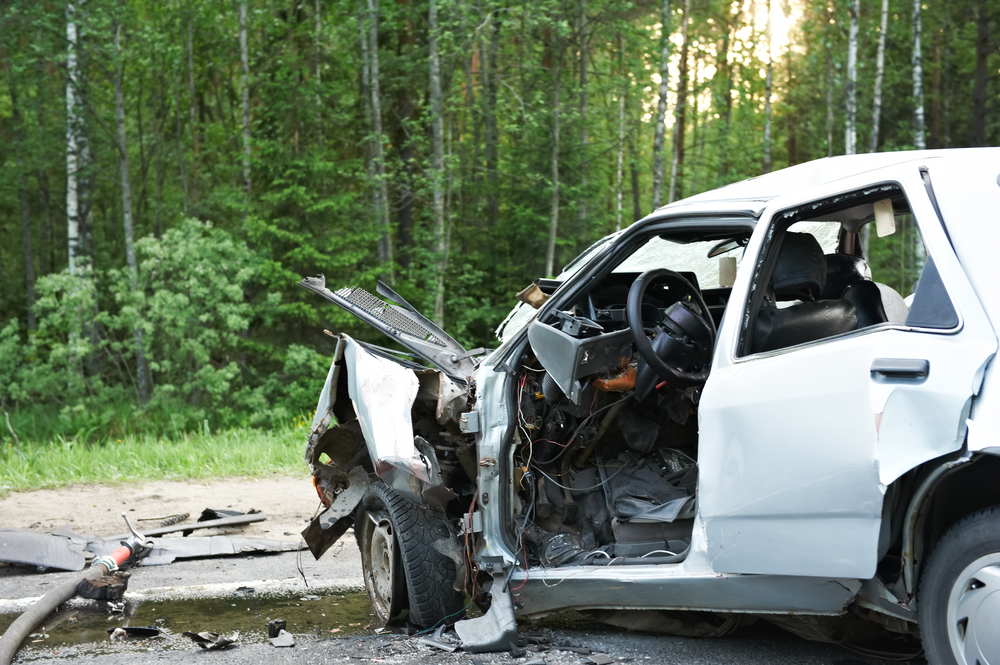If you incurred medical bills, lost wages, and other damages after an accident that wasn’t your fault, you have the right to seek compensation from the other driver. Being able to show that the accident was his or her fault and not yours is the key to collecting compensatory damages from his or her insurance company. So, how can you prove fault in a car accident? The first step is to speak with a car accident lawyer in San Antonio.
Proving Fault in a Car Crash
Some states are no-fault states, meaning that after a car crash, each person covers the cost of their injuries through their own insurance. Texas is an at-fault state, meaning that if a person causes a car crash, he or she is liable for all of the resulting injuries.
If you experienced a car crash in an at-fault state like Texas, proving who caused the accident is an important step towards getting the medical bills paid. In order to win a case against an individual who hit you, you will need to prove:
- That the other driver owed you a duty of care
- That he or she violated the duty of care through negligent actions
- That the negligent actions directly caused your injuries
What Is Negligence?
A person is considered negligent if he or she fails to act in a reasonable way to ensure the safety of those around him or her. In a car crash, negligent actions could include failing to use a turn signal, running a red light, or speeding. Gross negligence is a more serious issue and could include drunk driving or road rage. If your accident involved gross negligence, the driver who hit you could be ordered to pay punitive damages in addition to compensating you for your losses.
Collecting Evidence
Complex protocols regulate how evidence is submitted and how witnesses are interviewed in a legal context. By working with a lawyer, you can avoid making mistakes that could cost you your case. You don’t want to find that you rested your entire case on a piece of evidence that didn’t hold up in court. Here are some types of acceptable evidence that a car accident lawyer in San Antonio might use to prove fault in a car crash:
Footage of the Crash
Today, cell phone cameras are often a valuable source of evidence following a car crash. Generally, videos and photos that show what the cars looked like after the accident can be used in court, even if the footage was shot by amateurs. If there were bystanders filming the accident as it occurred or a surveillance camera that caught the incident, you might even be able to obtain footage of the crash happening in real-time.
Witness Statements
Any people who saw the crash taking place could potentially provide valuable witness testimonies. Before you leave the scene of an accident, you should always try to get contact information from any bystanders.
The Police Report
Materials produced by the police pertaining to the crash can also be used as evidence. When responding officers arrive at the scene of an accident involving your car, it is important to take down their names and the number of the police report.
Drug Test Results
If the other driver was under the influence of drugs or alcohol at the time of the crash, the police might administer a breathalyzer or a drug test. The results of this test could be used to prove gross negligence, which would support your case.
How a Car Accident Lawyer in San Antonio Can Use Evidence to Advance Your Interests
Having a wealth of evidence is key to proving fault in a car accident, but your lawyer will also need strong arguments and good communication skills to convey the truth behind your claims. It is important to work with an experienced lawyer who has successfully won settlements and lawsuits for car crash clients in the past.
Your lawyer should be able to use any available evidence to advance your best interests regardless of whether or not you need to go to trial. If you have strong evidence in your favor, your lawyer will most likely be able to persuade the other driver’s insurance company to offer you a fair settlement by demonstrating that your case can hold up in court.
While you have the right to collect compensation for an accident you did not cause, the burden of proving the other driver’s negligence is on you. The skill of your lawyer will be one of the biggest factors that determine the outcome of your case. With qualified legal representation, you can use the available evidence to your advantage, drawing on footage of the crash, witness statements, and other sources. In any case, strong evidence is the foundation of strong arguments.

